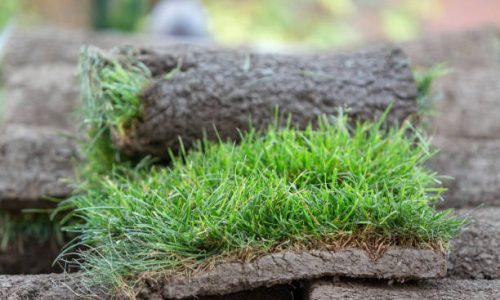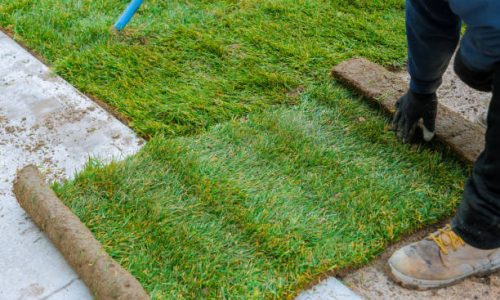While we’ve covered common sod installation problems, some less frequent issues can still arise. Here’s a deep dive into advanced sod installation problems and solutions to keep your March-installed lawn flourishing:


When installing sod in March, it’s important to know about advanced issues to make sure your lawn grows successfully. A significant concern is the weather in March. It can still be cold and frosty, with temperatures changing unexpected. Monitor the weather forecast and protect your new sod from damage by taking proactive measures.
Another important factor to consider is the quality of the sod itself. Buy good sod from a trusted seller to make sure it has strong roots and no pests or diseases. Preparing the soil before laying sod is important for a strong foundation and healthy growth.
Once you install the sod, you must provide it with the proper care and maintenance to ensure its long-term health. This includes regular watering, mowing, fertilizing, and monitoring for any signs of stress or disease. Keep up with lawn care to make your March sod look great in your yard. A beautiful green focal point will emerge.
In conclusion, achieving a healthy lawn requires knowledge, vigilance, and consistent care. To have a healthy lawn all season, deal with any problems when installing sod. Be proactive and address issues early for a lush, green landscape.
